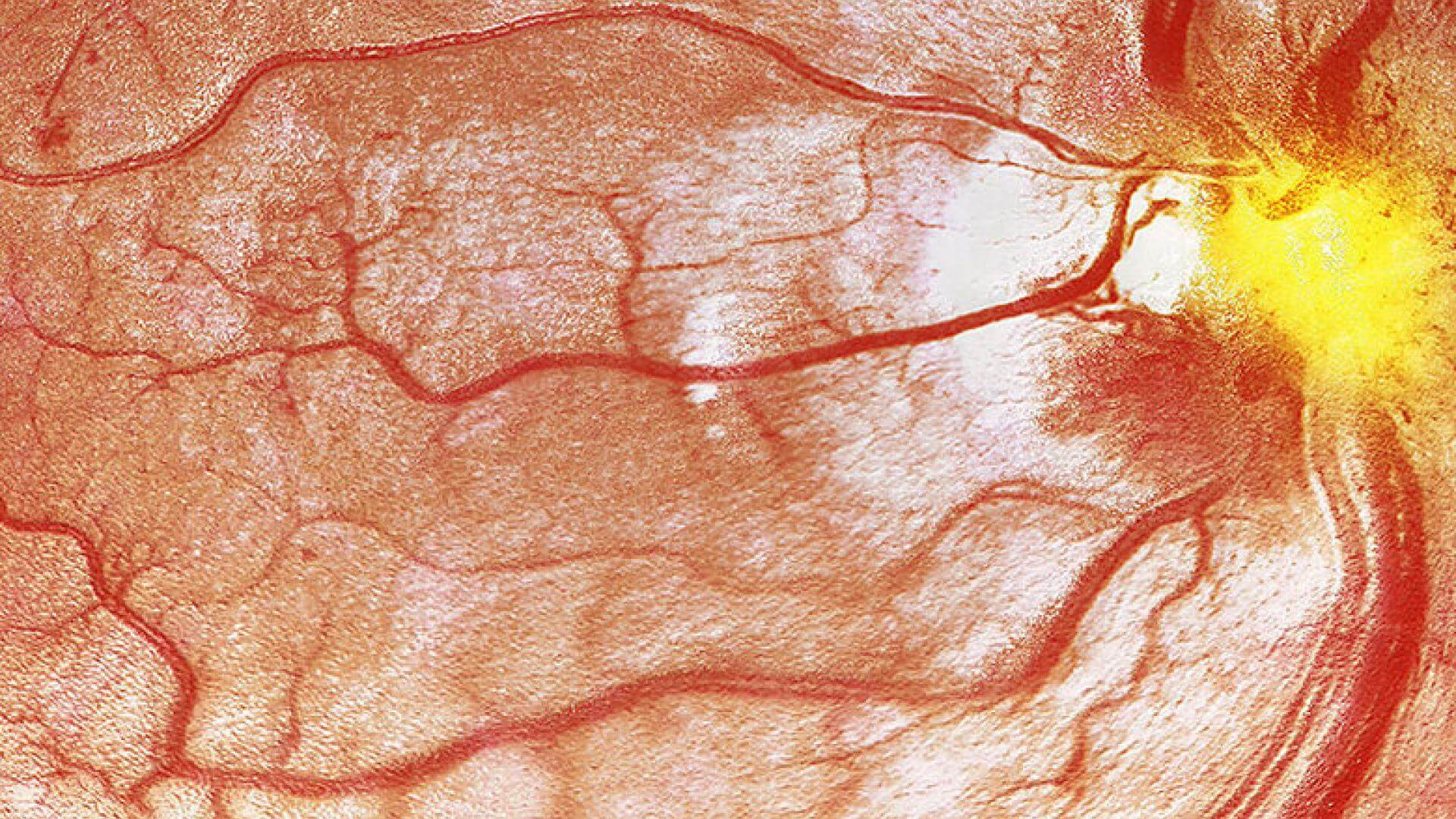Screening Alzheimer’s Via the Eye: Blood Vessel Changes May Reveal Early Dementia
Written By: BrightFocus Editorial Staff
Written By: BrightFocus Editorial Staff

What: Changes in blood flow and vessel density in the eye may be an indicator of problems with blood circulation in the brain, signaling the risk of cognitive decline from Alzheimer’s disease (AD) and other forms of dementia.
Where: Ashimatey BS, et al, “Lower Retinal Capillary Density in Minimal Cognitive Impairment Among Older Latinx Adults,” Diagnosis, Assessment & Disease Monitoring, 2020
BrightFocus Connection: This project was supported by a BrightFocus Alzheimer’s Disease Research grant to senior author Amir H. Kashani, MD, PhD, of the University of Southern California (USC) Roski Eye Institute and Keck School of Medicine, undertaken in partnership with the National Institute of Neurological Disorders and Stroke (NINDS).

Why It Is Important: Scientists have long held that the eye serves as a “window” to the brain and in recent years have looked for ways to diagnose AD through the eye. Vascular pathology (ie, changes to the density and flow of small blood vessels in the brain) is a contributing factor in at least half of all forms of dementia, including AD. Kashani et al hypothesized that vascular problems detected in the eye may be indicators of similar problems in the brain. However, it is not yet possible to “see” into the brain at this level, whereas high-resolution imaging of the eye is now routine. They used ophthalmic coherence tomography angiography (OCTA) — advanced imaging technology developed to diagnose and treat eye disease — to measure blood vessel density and flow in the eyes of human subjects who are at risk of vascular contributions to cognitive impairment and dementia (VCID).
For this pilot, imaging data was drawn from 50 older participants (mean age 68 years) in the Los Angeles Latino Eye Study (LALES), a long-term study of eye health initiated in 2000. This population is important to study, the authors point out, because in addition to being the fastest-growing group of older adults in the United States, the aging Latinx population has a higher prevalence of both heart and cerebrovascular disease compared to Black and non-Hispanic White, estimated at 50%, 40%, and 28%, respectively, which places it at higher risk for VCID.
Results confirmed that there is a strong correlation between reduced vessel density and blood flow in the retina and significantly lower scores on tests used to diagnose mild cognitive impairment and dementia. The authors concluded that OCTA-based retinal capillary assessment holds promise for diagnosing and improving brain blood circulation at an early stage, prior to cognition loss. They are planning future studies to investigate long-term changes in retinal vessels and their correlation with changes to brain health and cognition.
BrightFocus Foundation is a premier global nonprofit funder of research to defeat Alzheimer’s, macular degeneration, and glaucoma. Since its inception more than 50 years ago, BrightFocus and its flagship research programs—Alzheimer’s Disease Research, Macular Degeneration Research, and National Glaucoma Research—has awarded more than $300 million in research grants to scientists around the world, catalyzing thousands of scientific breakthroughs, life-enhancing treatments, and diagnostic tools. We also share the latest research findings, expert information, and resources to empower the millions impacted by these devastating diseases. Learn more at brightfocus.org.
Disclaimer: The information provided here is a public service of BrightFocus Foundation and is not intended to constitute medical advice. Please consult your physician for personalized medical, dietary, and/or exercise advice. Any medications or supplements should only be taken under medical supervision. BrightFocus Foundation does not endorse any medical products or therapies.
Every Donation is a Step Forward in the Fight Against Alzheimer’s
Your donation powers cutting-edge research and helps scientists explore new treatments. Help bring us closer to a cure and provide valuable information to the public.
Donate Today